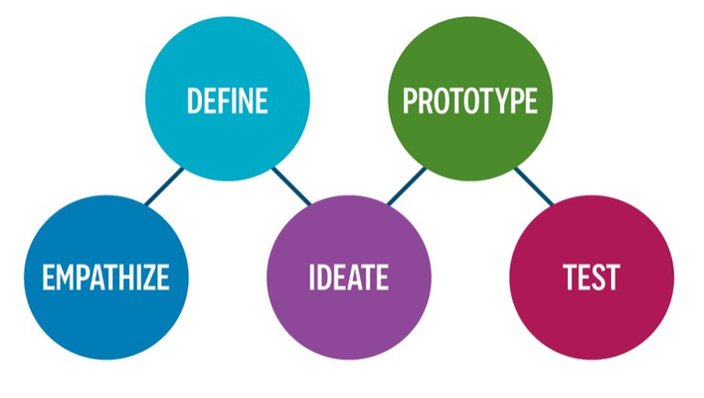
December 30, 2022
Is failure a key part of the innovation process? Can you have one without the other?
The number-one enemy of creativity is the fear of failure. Most entrepreneurs and designers believe failure is how you learn. What we learn from failure is often more important than what we learn from success.
In Creative Confidence: Unleashing the Creative Potential Within Us All, authors David and Tom Kelley note that, “A widely held myth suggests that creative geniuses rarely fail.”
Many of the world’s most famous creative people — like Walt Disney, who was told he lacked imagination, and Oprah Winfrey, whose early career involved many setbacks — didn’t give up at the first sign of failure. Instead, they kept experimenting until they found out what works.
How can we incorporate experimentation into the corporate world? It’s done
through a five-step process called
design thinking.
The first step in design thinking is to empathize — to truly understand who your end user is and how they experience a product or process. You can do this through interviews, observation, experience, and research.
The second step is to define, make sense of what you learned, and construct a challenge statement that will guide the direction of design ideas.
Next you will ideate, developing many potential solutions by thinking expansively. It helps to collaborate and converse with others, welcome all new ideas or build onto existing ideas, and evaluate and refine the most promising ideas to fit real-world application.
After ideation it’s important to prototype. You want to make your idea real through simple simulations, sketches, or test products to give end users an idea of how it would work.
Next you test your prototype, share it with users to get their feedback, and iterate based on this feedback.
The prototype and test phases of design thinking are small-scale experiments that allow you to pivot if something is not working. This makes it easier to take risks. You can repeat these phases as many times as you need to, and then implement your design once you’ve worked out all the bugs and demonstrated your design’s effectiveness.
Many organizations don’t embrace failure, and that can stifle creative work. If you incorporate design thinking and allow for small-scale prototyping and testing, you can arrive at a creative solution while minimizing risk. But throughout the process you are still embracing failure and learning the lessons it can teach you.
This content was originally published on IBX Insights.
As Lead Innovation Consultant at Independence Blue Cross, Kristen Logan helps teams problem solve and come up with creative solutions for their day-to-day problems by using design thinking methodology. Kristen has had various roles and responsibilities throughout IBX over the years but the one consistent thread throughout her career has been collaborating with diverse teams to identify solutions to complex issues. Outside of IBX, Kristen enjoys hiking, camping, and spending time with friends and family.
